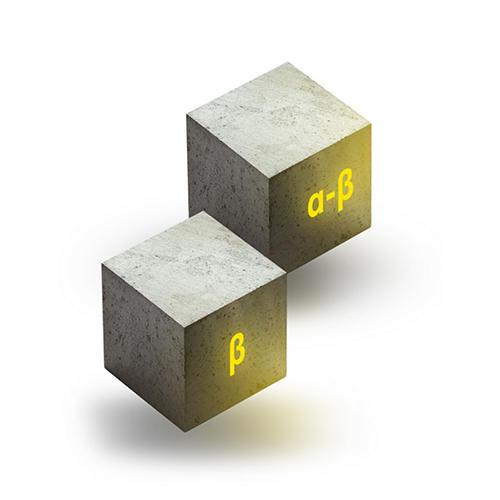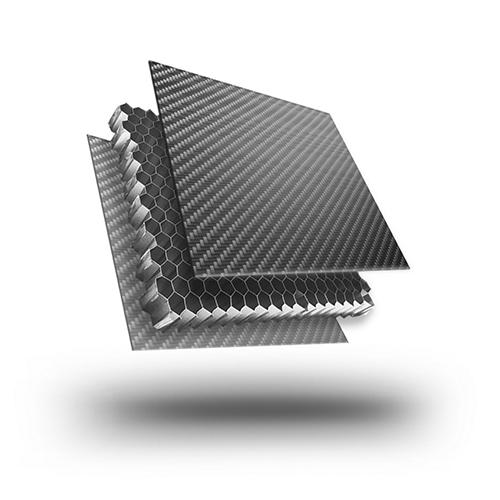Blades and Roots
Typical Components:
Blades, Fan, Discs and Blisks
Material:
Ti6Al4V, Inconel, CFRP
Titanium alloys retain strength at high temperatures and exhibit low thermal conductivity.
Inconel is a superalloy and is characterized by a unique combination of high temperature corrosion resistance, oxidation resistance, and creep resistance.
Newer materials called CFRP (Carbon-Fiber Reinforced Polymer) find their place in the fan.
Alpha-Beta (α-ß) Alloys
These alloys feature both αand ß phase and contain both α and ß stabilizers.
The simplest and most popular alloy in this group is Ti6Al4V, which is primarily used in the aerospace industry. Alloys in this category are easily formable and exhibit high room-temperature strength and moderate high-temperature strength. The properties of these alloys can be altered through heat treatment.
Beta (ß) Alloys
Beta (ß) alloys contain transition metals, such as V, Nb, Ta, and Mo, that stabilize the ß-phase. Examples of commercial ß alloys include Ti11.5Mo6Zr4.5Sn, Ti15V3Cr3Al3Sn, and Ti5553. Beta alloys are readily heat-treatable, generally weldable, and have high strength. Excellent formability can be expected in the solution treated condition. However, ß alloys are prone to ductile-brittle transition and thus are unsuitable for cryogenic applications. Beta alloys have a good combination or properties for sheet, heavy sections, fasteners, and spring applications.

Composite materials are generally composed of soft, tough matrix with strong, stiff reinforcements. Fiber-reinforced polymers are the broad class of composites usually targeted.
Fiber reinforcements are typically:
Polymer Matrix are typically:

New innovative shapes and lighter designs provide energy efficiency and result in lower emissions. While titanium remains the main material for these components, composites are becoming the material of choice for fan blades.
In the compressor area, where only heat resistant metal components can be applied, more and more discs and blades are being replaced by blisks (monolithic) to achieve further weight savings.
The complex shape of blades and blisks, and the challenging material requires a lot of machining time on
5-axis machines.
Hours spent along the process chain demands reliable precision tooling.
Tight tolerances are a requirement for blade roots.
Hydraulic Chucks
Solid Carbide End Mills
Please select a file to download
Models
. Please enter the desired qty for the material(s) you want to include in your promotion or Proceed Without Promotion and only your base materials will be added to the cart.
Minimum quantity should be
| SAP Material Number | ISO Catalog Number | Grade |
|---|
You are about to leave the Solution building process.
Are you sure you want to leave?